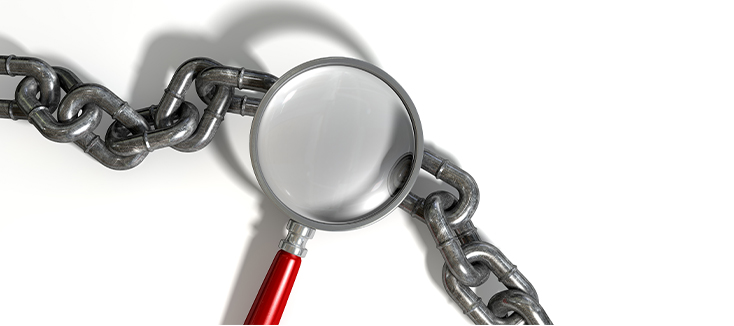Part 1: The Importance of the Spaulding Classification
Maintaining patient safety is the highest priority in healthcare settings, and one of the most critical aspects of patient safety is infection prevention. An essential tool healthcare professionals use to guide the reprocessing of reusable medical devices is the Spaulding Classification system. Developed by microbiologist Earle Spaulding in the mid-20th century, this system classifies medical devices based on their risk of transmitting infectious agents. It provides a framework for determining whether a device requires low-level disinfection, high-level disinfection, or sterilization."
The Spaulding Classification system divides medical devices into three categories:
- 1. Non-critical items: These devices come into contact with intact skin and pose the lowest risk of infection transmission. Examples include stethoscopes and blood pressure cuffs. These items generally require only cleaning and low-level disinfection.
- 2. Semi-critical items: These devices come into contact with mucous membranes or non-intact skin and pose a higher risk of infection transmission. Semi-critical devices include transesophageal echocardiogram (TEE) ultrasound probes, transvaginal probes, and transrectal probes. According to the system, semi-critical items must undergo high-level disinfection (HLD) to eliminate all microorganisms, except for small numbers of bacterial spores.
- 3. Critical items: These devices enter sterile body or bloodstream areas and pose the highest risk of transmitting infection. Surgical instruments, implants, and dental tools are considered critical and must be sterilized to eliminate all viable microorganisms.
Where Do Ultrasound Probes Fit In?
According to Spaulding’s system, all ultrasound probes fall into the semi-critical category. While some may assume that surface ultrasound probes are non-critical due to their external use, they can and often do come into contact with mucous membranes or broken skin. This reality, combined with the possibility of contamination during routine medical procedures, makes them semi-critical devices.
For example, even a surface ultrasound probe used to examine an area of the body with an open wound or ulcer could come into contact with non-intact skin. Furthermore, ultrasound procedures involving transvaginal, transrectal, or transesophageal (TEE) probes, which directly contact mucous membranes, unequivocally qualify as semi-critical.
Additionally, The Joint Commission makes clear that using a probe cover or condom does not eliminate the need for high-level disinfection after use. Infection Control Today reports that "The Centers for Disease Control and Prevention (CDC) and the American Institute of Ultrasound Medicine recommend that endocavity probes, used with or without a sheath or cover, be processed with high-level disinfection at a minimum."
Because they are classified as semi-critical devices, all ultrasound probes must be high-level disinfected after every use to prevent the transmission of infection. Cleaning alone is insufficient, as it does not completely remove or inactivate harmful microorganisms. High-level disinfection ensures that ultrasound probes are safe to use on the next patient, eliminating the risk of transmitting healthcare-associated infections (HAIs).
Failure to properly reprocess ultrasound probes can have severe consequences for patients and healthcare facilities. Patients exposed to improperly disinfected probes may contract bacterial, viral, or fungal infections, leading to potentially life-threatening complications. Additionally, healthcare facilities risk increased HAIs, which can lead to regulatory penalties, legal liabilities, and reputational damage.
With this in mind, it is imperative for healthcare facilities to follow strict reprocessing guidelines based on the Spaulding Classification system, ensuring that all ultrasound probes are subjected to high-level disinfection to safeguard patient health.


